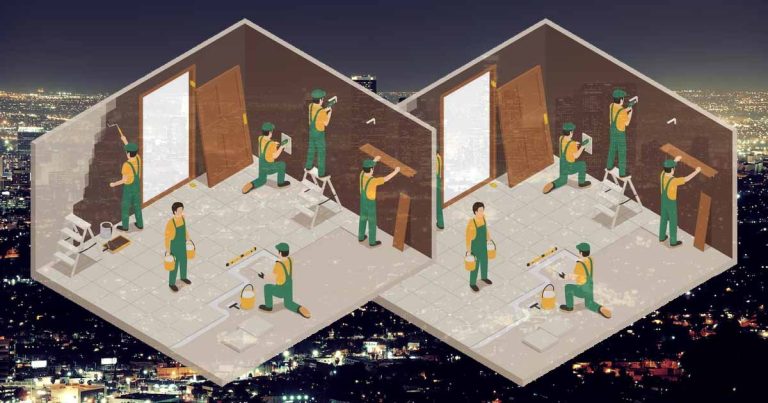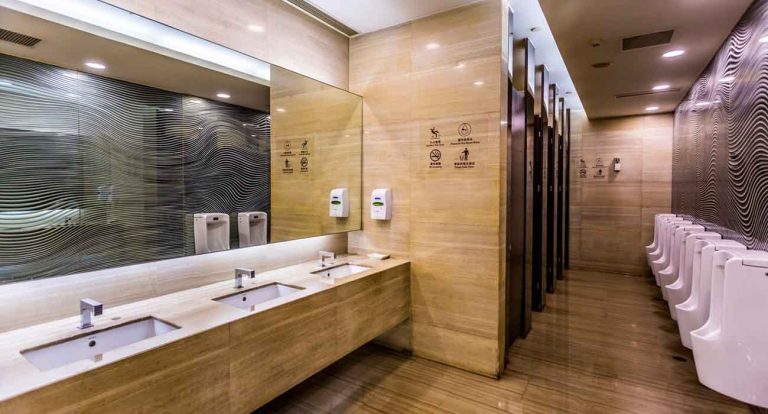Frozen Pipes in New York City Winters
Prevent Costly Water Damage Before It’s Too Late
Every winter, New York City residents brace themselves for freezing temperatures. While snow-covered streets and holiday lights add charm, there’s another side to NYC winters that isn’t as pleasant: frozen and burst pipes. Older buildings, exposed plumbing, and rapid temperature drops create a significant risk of costly plumbing emergencies across all five boroughs. At PlumberHelp, we’ve seen firsthand how quickly a frozen pipe can become a homeowner’s worst nightmare.
This guide shows you how to prevent, identify, and respond to frozen pipes before water damage occurs, ensuring your NYC home stays warm, dry, and safe through the winter.
Table of Contents
Why Frozen Pipes Are a Major Risk in New York City
NYC’s Cold Climate
New York winters are no joke. On average, the city experiences 15 to 25 nights per year below freezing. According to the National Weather Service, some January nights can dip below 20°F (-6°C). At these temperatures, uninsulated pipes can freeze in just a few hours, placing homes at immediate risk of bursting and flooding.
Older Housing Stock and Exposed Plumbing
Did you know that more than 60% of NYC’s residential buildings were built before 1960 (source: NYC Housing & Vacancy Survey)? Pre-war apartments, Brooklyn brownstones, and older townhouses commonly feature uninsulated basements and exterior walls. These structures were not designed for modern heating systems, leaving pipes vulnerable to harsh winter conditions.
Limited Access and Shared Plumbing
Apartment living often means shared water lines. A frozen pipe in one unit can simultaneously lead to plumbing failures in multiple apartments. This complexity makes identifying and resolving the issue quickly even more critical, especially in multi-family dwellings.
What Causes Pipes to Freeze in NYC?
Temperature Drops Below 32°F
Water freezes at 32°F. When water inside pipes freezes, it expands and creates immense pressure that can rupture pipe walls, causing severe leaks once thawed.
Poor Insulation
Many NYC buildings, especially older structures, lack adequate insulation in attics, crawlspaces, basements, and external walls. Exposed pipes in these areas are particularly susceptible.
Sudden Temperature Swings
New York weather can be unpredictable. Rapid overnight temperature drops can catch homeowners off guard, freezing pipes before precautions can be taken.
Unoccupied or Vacant Apartments
Vacant apartments or homes without active heating systems are prone to frozen pipes. This scenario frequently occurs over holidays when residents travel, leaving heating systems off or too low.
Warning Signs of Frozen Pipes
To prevent a plumbing disaster, recognizing early warning signs is critical. Common indicators include:
- No Water Flow: Turning your faucet and nothing happens indicates a frozen pipe.
- Visible Frost or Ice on Pipes: Usually noticeable on pipes under sinks or near exterior walls.
- Odd Noises: Pipes making banging or cracking sounds indicate freezing and potential imminent bursts.
- Bulging Pipes: Pipes swelled or visibly distorted signal pressure from ice buildup.
If you notice any of these, take immediate action or call PlumberHelp for emergency pipe services.
What to Do Immediately if You Suspect a Frozen Pipe
Step 1 – Shut Off the Water Immediately
Locate your main water valve and shut it off to minimize damage if a pipe bursts.
Step 2 – Locate the Frozen Pipe
Inspect areas where pipes are exposed to cold air—basements, crawlspaces, cabinets under sinks, or near external walls.
Step 3 – Gently Thaw the Pipe
You can attempt careful DIY thawing:
- Use a hairdryer set on low heat.
- Wrap towels soaked in warm water around the pipe.
- Apply a portable space heater at a safe distance.
Never use an open flame or extreme heat—this can cause a fire or further pipe damage.
Step 4 – Call a Professional Immediately
If you can’t thaw the pipe safely or inaccessibly, contact our emergency plumbing services at PlumberHelp to avoid costly damages.
The Cost of Ignoring Frozen Pipes in NYC
Ignoring or delaying response to frozen pipes can lead to devastating costs:
| Issue | Average Cost in NYC |
|---|---|
| Burst Pipe Repair | $500 – $2,500 |
| Water Damage Cleanup | $2,000 – $10,000+ |
| Mold Remediation | $1,500 – $7,500 |
| Neighbor Damage Lawsuits (in multi-unit buildings) | $5,000 – $25,000+ |
Costs are based on average insurance claims and contractor estimates in NYC.
How PlumberHelp Fixes Frozen and Burst Pipes in NYC
24/7 Emergency Response
No matter when a plumbing emergency happens, our skilled team is always ready to respond swiftly, day or night.
Rapid, Professional Pipe Thawing
We utilize specialized equipment, such as electric pipe-thawing machines, and safe, controlled heating methods to quickly thaw frozen pipes without causing additional damage.
Pipe Repair and Replacement
Our licensed professionals fix burst pipes and reinforce and insulate your plumbing to prevent future problems. Explore more about our pipe repair and replacement services.
Preventive Winterization
We offer seasonal inspections and preventive solutions, such as pipe insulation and heat tracing, to protect your pipes year-round.
How to Prevent Frozen Pipes in NYC Homes and Apartments
- Insulate Pipes: Use foam insulation or electric heat tape on exposed plumbing.
- Allow Faucets to Drip: Running water helps prevent freezing by keeping water moving.
- Maintain a Consistent Indoor Temperature: Keep thermostats set at least 55°F even when away.
- Seal Windows and Doors: Weatherstrip areas where cold air might enter.
- Annual Plumbing Inspections: Regular professional checkups catch issues before winter arrives.
NYC Winter Plumbing Emergency Trends (Recent Statistics)
| Neighborhood | Avg. Frozen Pipe Calls (Jan-Feb) | Typical Building Type Affected |
|---|---|---|
| Upper East Side | 125 | Pre-war apartments |
| Brooklyn (Park Slope) | 95 | Brownstones |
| Queens (Astoria) | 80 | Apartments and condos |
| Bronx (Riverdale) | 70 | Multi-family residences |
| Staten Island | 60 | Single-family homes |
(Statistics from internal service data, winter 2023–2024)
Frequently Asked Questions
Why NYC Residents Choose PlumberHelp for Frozen Pipes
✅ 24/7 Emergency Availability
✅ Expertise with NYC’s Unique Plumbing Challenges
✅ Licensed, Insured, and Experienced Technicians
✅ Reliable Service Across All Five Boroughs
✅ Comprehensive Prevention and Repair Services
Frozen Pipes? Act Now, Don’t Wait.
Don’t let frozen pipes make your peaceful NYC winter a stressful disaster. If you suspect frozen pipes or face an emergency, act immediately.
Call PlumberHelp Hotline 833-652-4744 or choose one of the plumbers in New York.
For immediate assistance or preventive services, visit our New York City plumbing page.
We proudly serve neighborhoods throughout New York State.
Keep your home safe and comfortable—no matter how cold it gets. Trust the experts at PlumberHelp.








